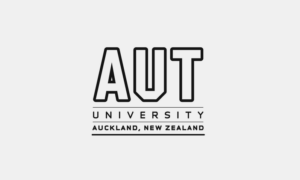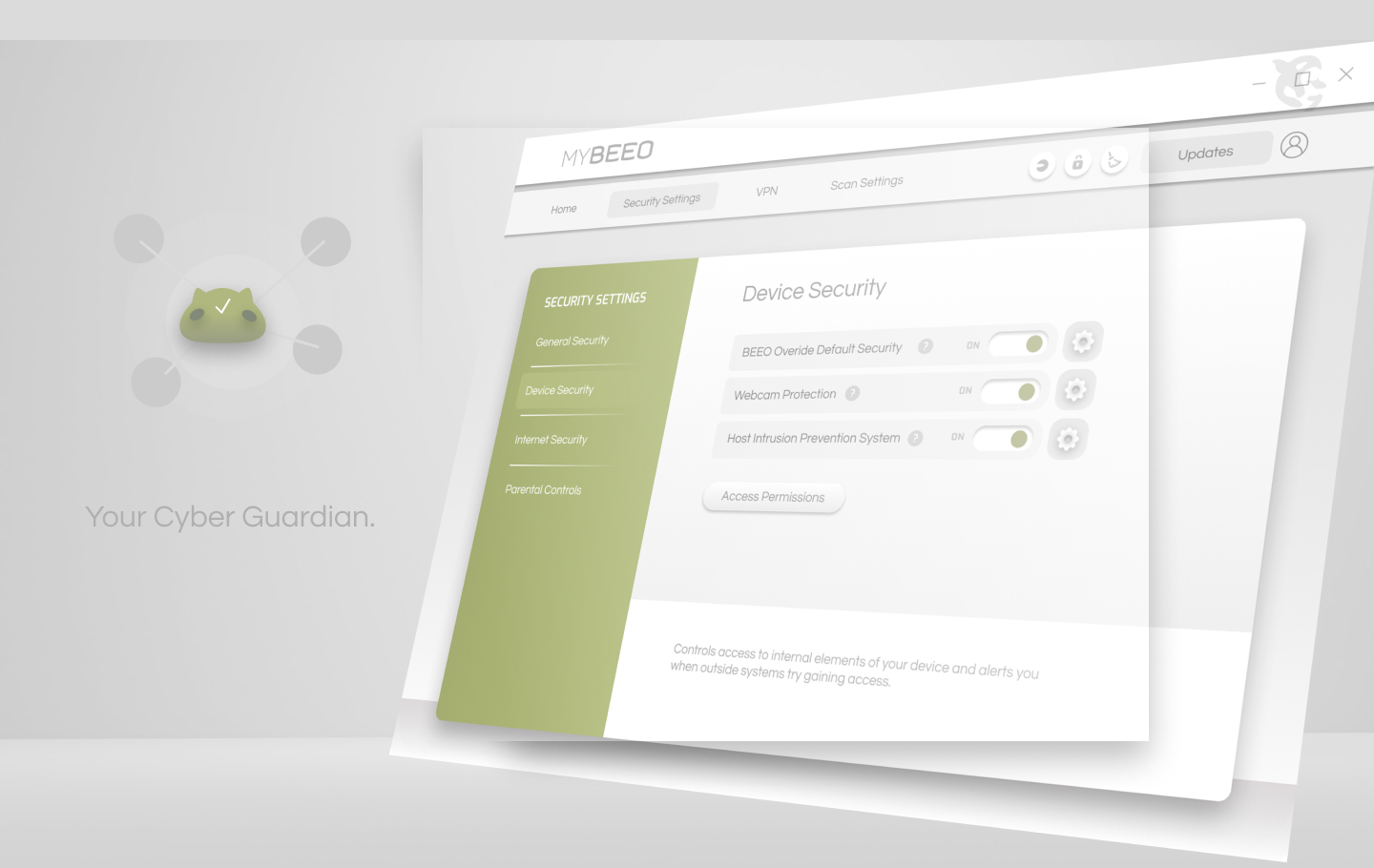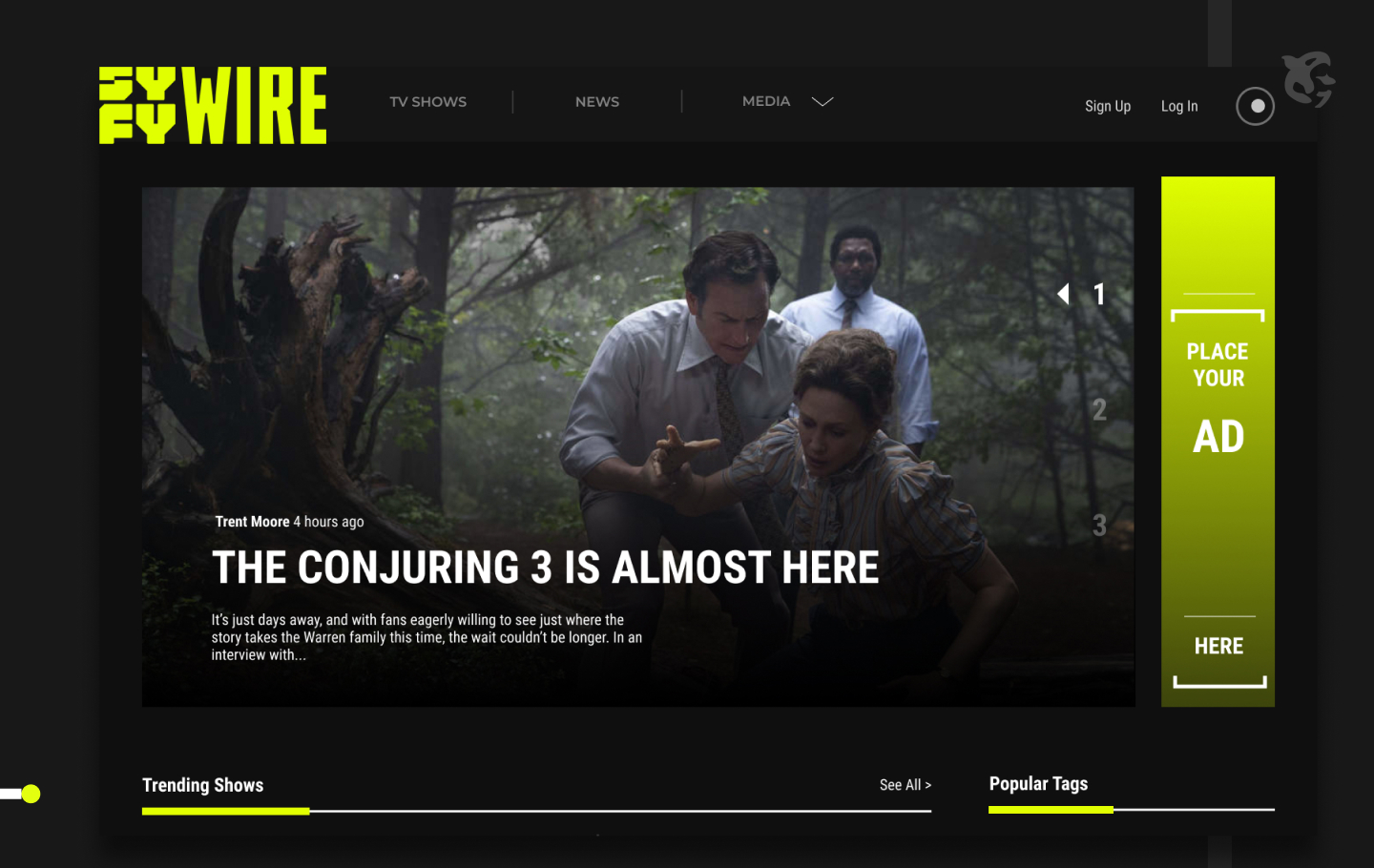2022 Hot New Things: Chantelle Boxall, AUT
Each summer DA profiles a selection of the top design graduates coming out of our tertiary institutions. We welcome these talented emerging professionals to our industry, learn about their passions, final projects, developing creative confidence and ambitions for the future.
Today we speak with Chantelle Boxall, from AUT’s school of Art and Design.


Can you tell us a bit about yourself?
My name is Chantelle Boxall and in wake of all that’s going on in 2021 I now find myself as a fresh graduate with a Bachelor’s degree in Interaction Design at AUT. I suppose I have grown up in a creative household from the minute I was consciously aware of it. My parents, while not in any specific design-related jobs themselves; played a big part in the way my creativity developed into adulthood. And hence why I meandered down into a design pathway when I entered tertiary. An average weekend would be filled with projects around the house. Painting and building DIY add-ons to the property was a big part of what I knew growing up. And I feel this inspired a drive inside me to always think of things differently. And also, to try and tackle challenges for myself first, no matter whether they were out of my capability at the time.
What did your graduating project focus on?
My grad project centers around the very quickly evolving digital age. Growing up at the turn of the century has offered me a scoping view of just how much has changed in terms of how we communicate with one another, and what that means in terms of personal privacy and control of information. This very concept of information becoming modern currency has gone both ways. How easily we can share what we did over the weekend with friends, can also influence what is advertised to us, both commercially and politically. And in an era where we are being encouraged to do things from home, the rate at which cyber-crime is occurring is skyrocketing equally. There are already various products that cater to this desire for ‘data protection’, but these are all digital solutions for digital problems. My approach became identifying how to add a physical element to this sense of ‘cyber-security’. And how can I make this feeling of digital protection feel more tangible in a real-world setting?
This resulted in BEEO. A desk companion who is in essence- your very own digital bodyguard. Something that you can always see- and more friendly to engage with for all ages.

Why did you choose to study at AUT?
To be honest, I didn’t quite mind where I undertook my study as long as I could have fun doing it. I did very brief research into my options out of high school, knowing I was already well accustomed to the heinous traffic and bustling city life pre-covid, Auckland was always going to be port of call for me. The main stand-out point of AUT was how curious I found the title of ‘Communication Design’ to be. I had no clue what that meant. But it had something to do with design, and that was all I needed to know I would be fine.
My decision was cemented when I realised in my first year that I could branch out and try my hand at Interaction Design; the first time the university was offering it as a Major. The concept of creating systems and pathways alongside the ability to design fully-fledged apps and websites piqued my interest even though not many others shared the same idea. This meant that I found myself in a class with little over seventeen people in it. It made getting to know my fellow interaction design peers a whole lot more fun, and in essence, we were kind of our own little design studio.
What did you enjoy most about your course, or what do you feel you can take away now that you’ve completed it?
I enjoyed my own growth as a designer- but also as an individual. The three years from being an eighteen-year-old, confused in life and looking around at how quickly the world is moving; without much consideration for those coming up as the next generation was a deterrent for sure. But it was surprisingly easier to finding my footing, even if the future remains uncertain, I have more confidence in myself to take what I was instilled with as a child- the motivation to try everything once even if I end up being terrible at it. All I can do is continue to hold onto that same mentality as I keep moving forwards.
Were there any exciting or unexpected discoveries to come out of your studies?
Not so much as unexpected, but curious. It was an inspiring class to be in, being able to see how everyone approaches projects in their own ways and what combining talents can mean in terms of creating strong outcomes. Two heads are certainly better than one and in terms of design, communication is a critical element.


What’s next for you?
I know a lot of people might have grand ambitions straight out of Uni. In fact, I could even say I plan to take over the entire design world now that I’ve been let loose from the education system. But somehow, I find myself just content to keep going at my own pace. I don’t see any rush to make grand statements and hypothesis over where I might find myself in five years. A lot can happen between then and now and I am quite happy taking each day as it is. And if opportunity strikes me down somewhere in between then I will cross that bridge when I get there.


What does your creative process look like?
This one is an interesting question for me because I often have difficulty describing it as a singular process. University and schools often teach students to have methods, just like in mathematics and science, because that’s easy to follow and mark. But funnily enough, it’s usually a combination of things stirring in my mind at the mention of a new project that somewhat strikes me out of thin air. Like having that one great idea just before going to bed as if it materialised through the ethos of random design inspiration. I don’t really tend to brainstorm unless I’m very puzzled by something, and in the end, it’s often just a test and try again system for me.
Which piece in your portfolio are you most proud of and why?
In the end, I have to say it is my graduation project. BEEO was a culmination of numerous things that I had to teach myself to get the end result I envisioned in my head. Looking back at this year, it doesn’t seem like I did a lot- possibly because Covid threw a giant spanner into everyone’s lives. But going through it, piece by piece, BEEO meant I was starting from scratch as a designer. As it was not only an application but a physical product that I had to 3D Model and render through in post. It was one of those “sounds great on paper” moments, and then I realised how much I had bitten off if only to find it was already too late to turn back. And I don’t regret pushing myself through it, the whole project has reminded me of that kid I was where I’d be building a cardboard dollhouse and thought: “An elevator would be great…” then, “How on Earth do I make an elevator?”

How do you see your work and practice developing, and what are your main aspirations?
Naturally. The more you do, try- experiment with, the better you get. I think I’ll see myself taking on self-projects even if I’m working. Often times it is the only way to keep that motivation and that core structure in life that I need during uncertain times. I don’t necessarily want to be the best in whatever field I find myself in, but I do know that my happiness comes from the level of effort and focus I put in, which often means I get something better coming out of it. My aspirations are, if I’m going to do something, do it right, do it all and do it well. Regardless of what it is. I would like to see myself working with a small team of creatives, inspiring one other and developing a greater understanding of all sorts of design and practice as I grow older.
How can people get in touch or see more of your work?
I can be found at cb.7designs@gmail.com




